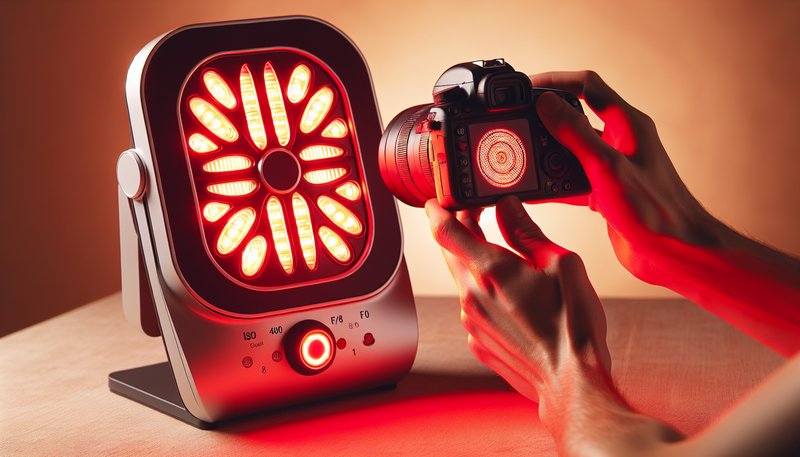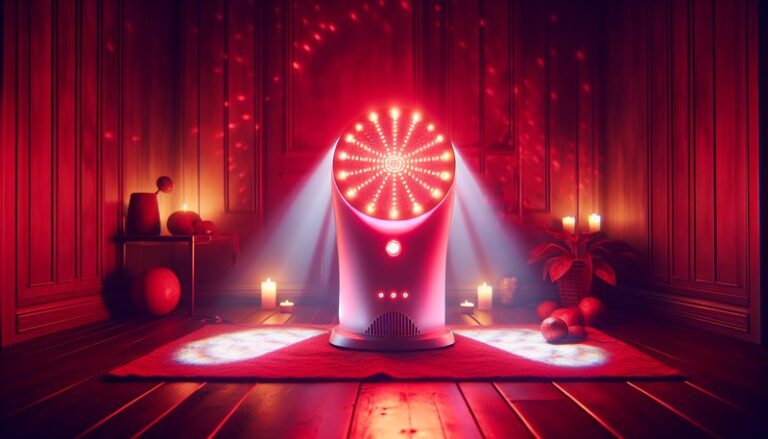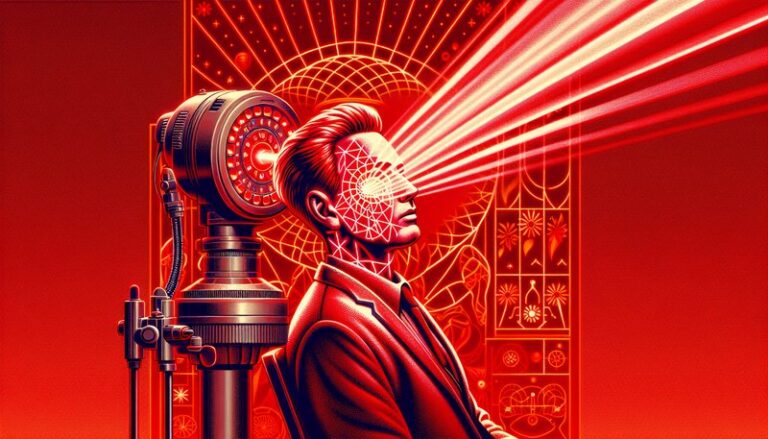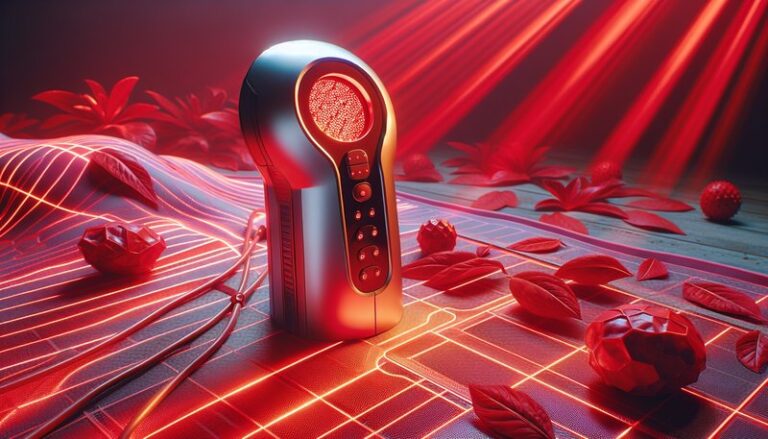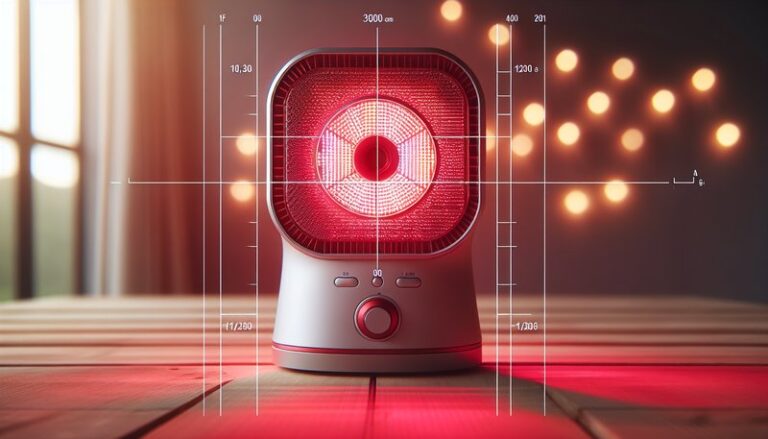What Does Red Light Therapy Do?
Have you ever wondered how red light therapy can enhance your well-being? As a growing trend in health and wellness, red light therapy has garnered attention for its various applications and benefits.
This article will explore the fundamentals of red light therapy, its numerous health benefits, considerations to keep in mind, alternatives available, and answers to some frequently asked questions.
Key Takeaways
- Red light therapy utilizes specific wavelengths of light to promote healing and rejuvenation at the cellular level.
- It offers a range of benefits, including improved skin health, reduced inflammation, and enhanced muscle recovery.
- While generally safe, some precautions are necessary to maximize safety and effectiveness.
What is Red Light Therapy?
Red light therapy (RLT) is a non-invasive treatment that employs low-level wavelengths of red light (typically between 600 and 650 nanometers) to penetrate the skin and stimulate cellular function. Originally developed for NASA’s space program to promote wound healing in astronauts, RLT has since evolved into a versatile therapy used for various health issues.
See the entire article Does Red Light Therapy Work on Horses?
Red light therapy works on the principle of photobiomodulation, where light energy is absorbed by the mitochondria in our cells, enhancing ATP (adenosine triphosphate) production. This increased energy helps cells heal, regenerate, and perform more efficiently.
How Does It Work?
When directed at specific areas of the body, red light affects the skin, muscles, and bones. The light promotes better blood circulation, reduces oxidative stress, and encourages collagen production, making it beneficial for skin health and muscle recovery.
What are the Benefits of Red Light Therapy?
Exploring the benefits of red light therapy reveals its potential to positively influence various aspects of health.
Improved Skin Health
Red light therapy is renowned for its effectiveness in enhancing skin texture and tone. It promotes collagen synthesis, which can reduce fine lines, wrinkles, and acne scars. Many users report a more youthful and radiant appearance after consistent treatment.
Reduced Inflammation
One significant benefit of red light therapy is its anti-inflammatory properties. RLT can reduce inflammation in conditions such as arthritis, making it a valuable tool for pain management and recovery from injuries.
Enhanced Muscle Recovery
Athletes and fitness enthusiasts increasingly use red light therapy to speed up muscle recovery post-exercise. The therapy helps reduce muscle soreness and boost performance by alleviating fatigue and promoting faster healing.
Additional Benefits
- Hair Growth: Studies suggest that RLT can stimulate hair follicles, promoting growth in individuals with hair loss conditions.
- Mood Enhancement: RLT may help improve mood and alleviate symptoms of anxiety and depression by encouraging the production of serotonin.
Is it Possible to Use Red Light Therapy at Home?
Yes, using red light therapy at home is feasible and convenient. Many devices, such as LED panels and handheld devices, are available for personal use, allowing individuals to incorporate RLT into their daily routine without visiting a clinic.
What are the Advantages of Home Red Light Therapy?
Using red light therapy at home comes with several benefits:
- Convenience: You can perform sessions at your preference without scheduling appointments.
- Cost-Effectiveness: Investing in a home device may save you money on ongoing therapy sessions.
- Customized Treatment: You can tailor the frequency and duration of therapy to suit your specific needs.
What are the Disadvantages of Home Red Light Therapy?
However, there are a few challenges associated with home therapy:
- Lack of Professional Guidance: Without professional oversight, users may not achieve optimal results or may use devices incorrectly.
- Device Quality Variability: Not all home devices are created equal; lower-quality devices may not deliver effective wavelengths or power.
- Time Commitment: Consistency is key for effective results, requiring a commitment to regular session schedules.
What are the Things to Consider Before Starting Red Light Therapy?
Before engaging in red light therapy, consider the following important factors:
Skin Sensitivity
Some individuals may have sensitive skin or conditions that could react adversely to red light. Consulting a healthcare professional before starting RLT is advisable to ensure it suits your skin type.
Device Quality
Investing in a high-quality red light therapy device is essential for effectiveness. Look for devices that specify the wavelength and power output to ensure you’re getting the therapeutic benefits.
Duration and Frequency
Establish a routine that includes the right duration and frequency of sessions. Most recommendations suggest sessions lasting 10-20 minutes, several times a week, to see significant results.
What are the Alternatives to Red Light Therapy?
If red light therapy doesn’t seem suitable for you, other alternatives could offer similar benefits:
Laser Therapy
Laser therapy uses focused beams of light to target specific tissues. It’s effective for pain reduction, skin rejuvenation, and hair growth.
Get the complete insights in Does Red Light Kill Demodex?
Infrared Saunas
Infrared saunas use heat and light to penetrate the skin, promoting detoxification, relaxation, and improved circulation. It can be an excellent alternative for those seeking relaxation and muscle recovery.
LED Masks
For skincare enthusiasts, LED masks that combine various light colors can provide numerous benefits, including reducing signs of aging and treating acne.
Conclusion: Is it Recommended to Use Red Light Therapy?
Red light therapy presents a promising avenue for enhancing health and well-being with its varied benefits. Whether seeking to improve skin health, reduce inflammation, or speed up recovery, RLT is worth exploring. However, it’s crucial to consider factors such as device quality and individual skin sensitivity to ensure effective and safe use.
Frequently Asked Questions
How often should I use red light therapy?
Most recommendations suggest starting with 3-5 sessions per week, each lasting 10-20 minutes, depending on the area being treated and your specific goals.
Is red light therapy safe?
Yes, red light therapy is generally considered safe for most people. It’s non-invasive with minimal side effects, though those with certain skin conditions should consult a healthcare professional beforehand.
Can red light therapy help with acne?
Yes, red light therapy can help reduce acne and associated scars by reducing inflammation and promoting healing in the skin.
What should I look for in a home red light therapy device?
When choosing a device, look for specific wavelengths (typically 600-650 nm), adequate power output, and user reviews. Devices with clinical backing or professional recommendations can be more trustworthy.
Are there any side effects to red light therapy?
Common side effects are minimal but may include slight redness or warmth in the treated area. These typically resolve quickly after treatment.
